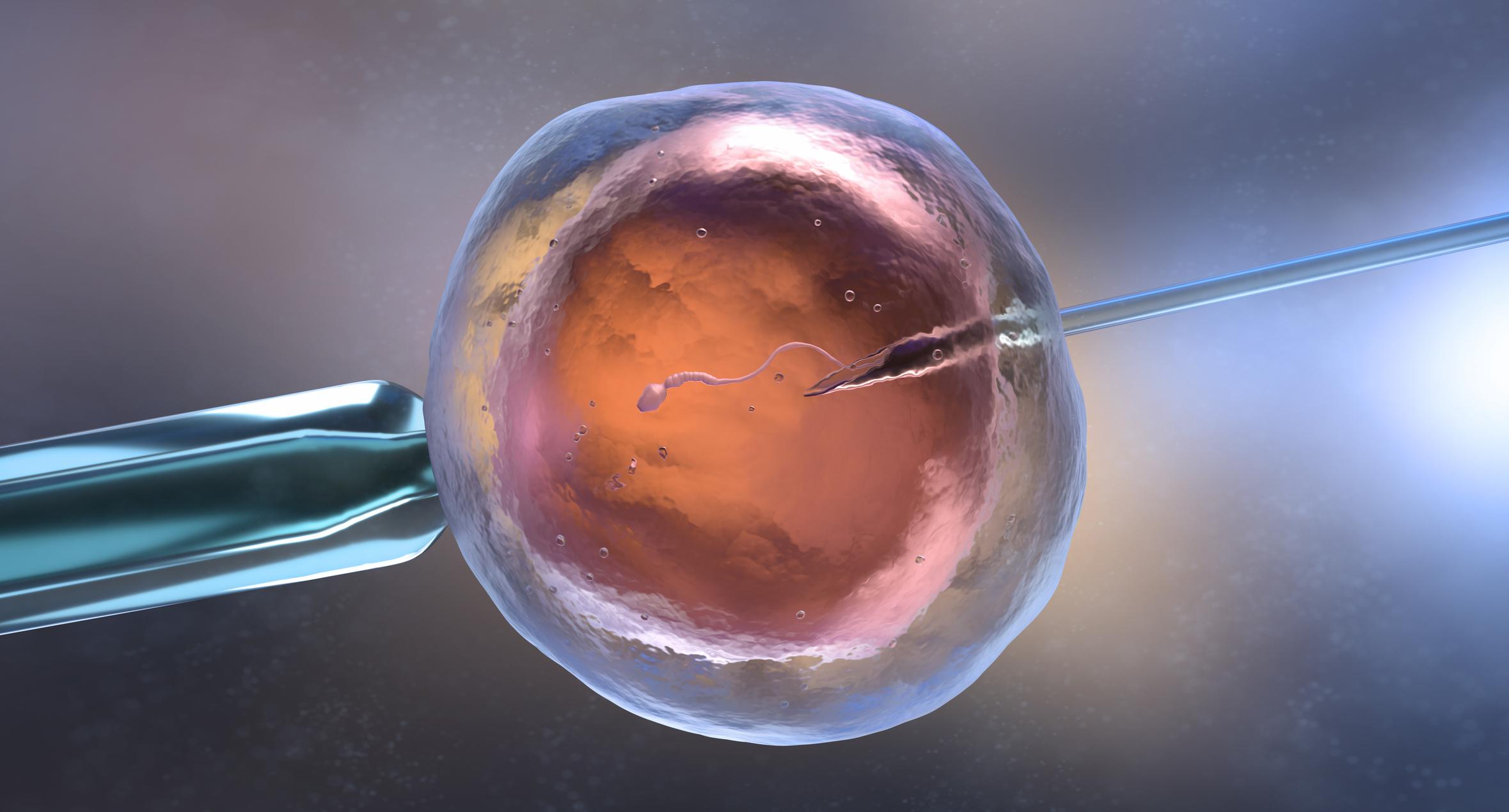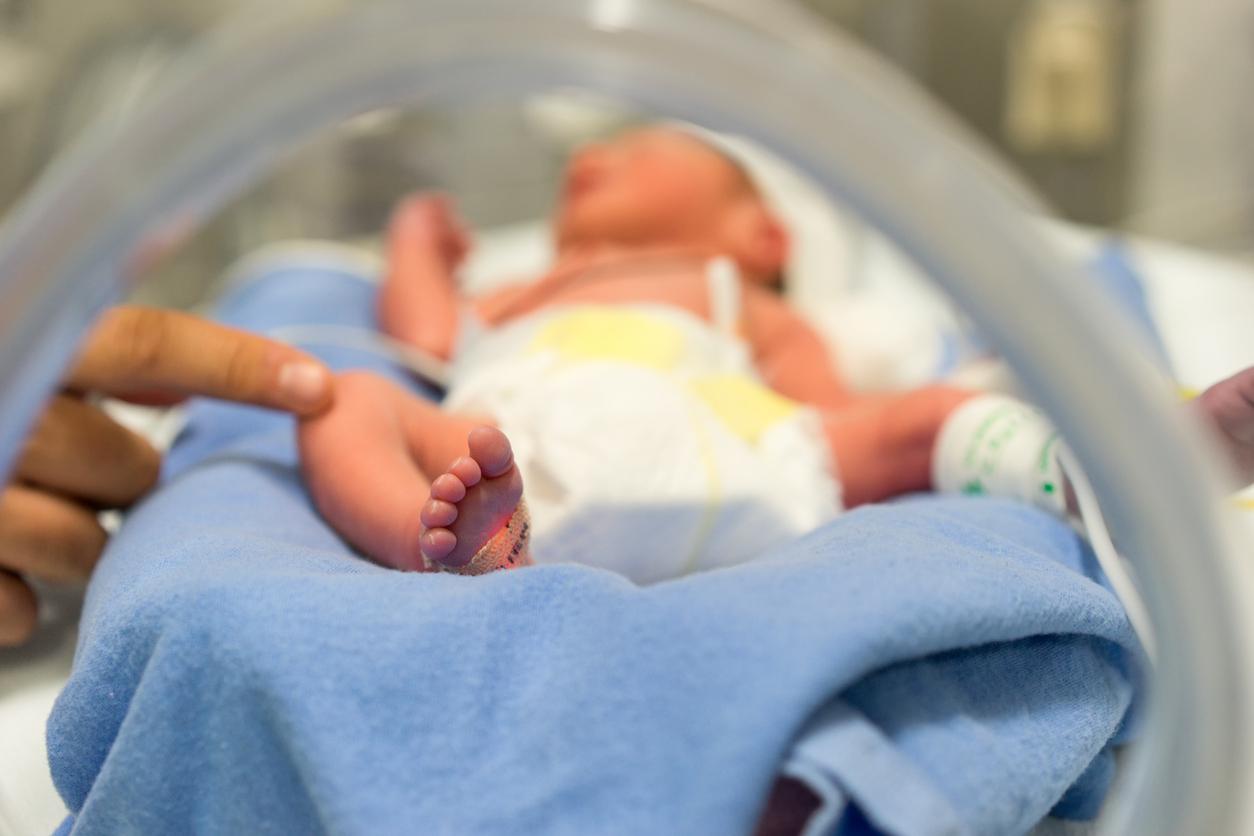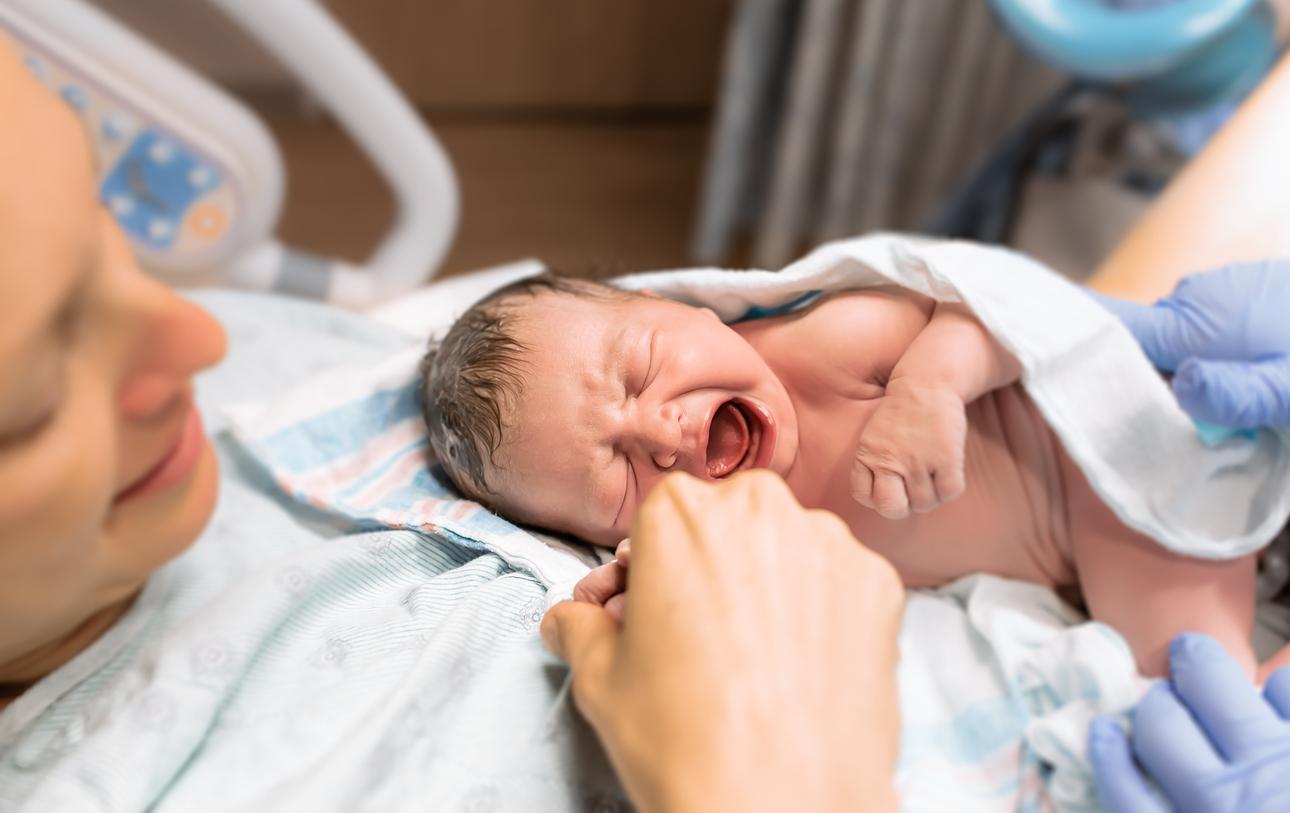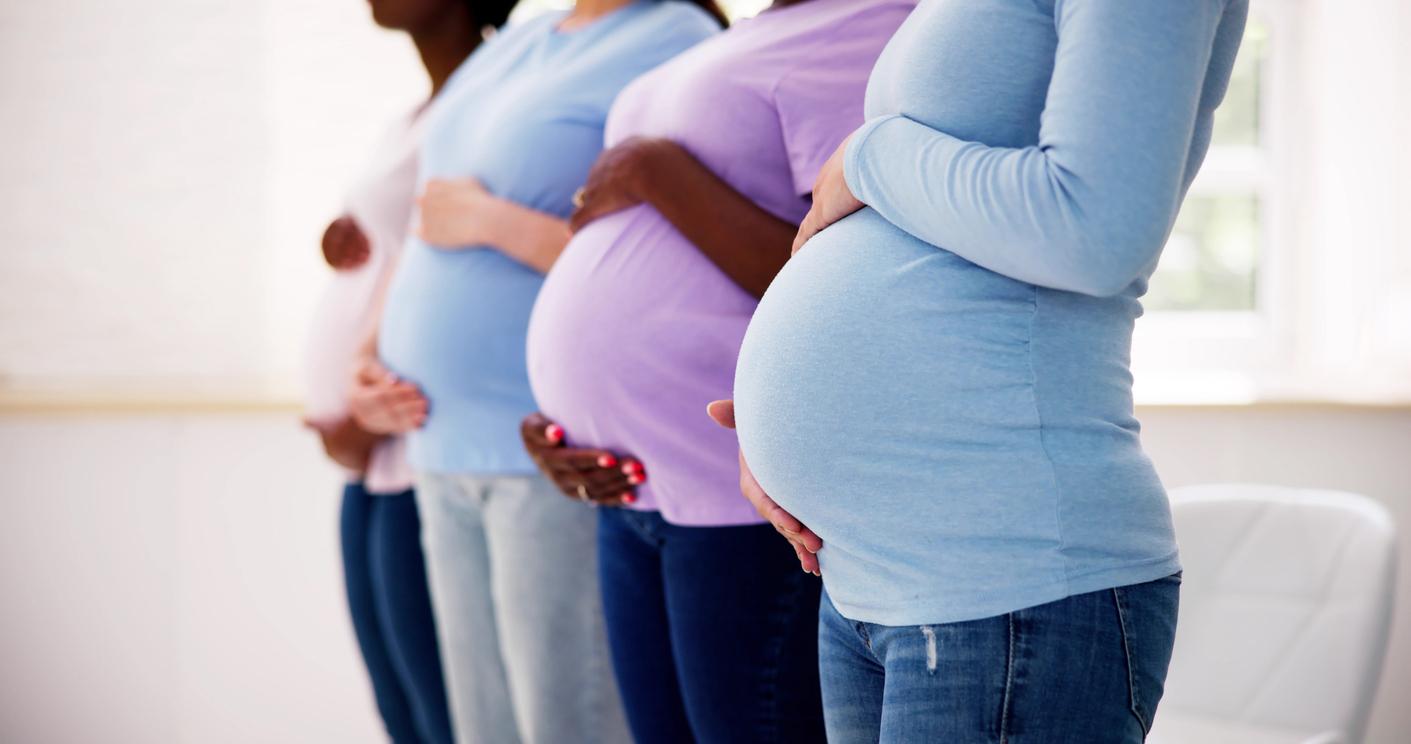In in vitro fertilization, blastocyst stage embryo transfer results in a birth rate similar to that of cleaved stage embryo transfer in women with a good prognosis.

- The chances of successful pregnancy throughout the IVF period are the same with an embryo transfer on day 3 or 5.
- Embryo transfer obtained after 5 or 6 days of development resulted in fewer miscarriages, but the risk of premature birth was higher.
- “Our study shows that women should have a choice about when to transfer,” the authors said.
Fertilization involves reproducing in the laboratory what happens naturally in the fallopian tubes. So, in this procedure, eggs are fertilized outside the body and grown in the laboratory for several days. One or more embryos are then transferred to the uterus and the rest are frozen. Traditionally, the laboratory phase lasts three days. Thanks to improved techniques, embryo transfer is now possible after five days. The idea is that only viable embryos remain after five days, which increases the chances of a successful pregnancy. However, this leaves fewer embryos to freeze.
IVF: Embryos were transferred on the third or fifth day in 1,202 women
In a new study, researchers from Radboud University Medical Center and Amsterdam University Medical Center in the Netherlands aimed to assess whether blastocyst-stage embryo transfers (i.e., the embryo’s cell stage after 5 or 6 days of development) improve the cumulative live birth rate after fertilization, and whether the risk of obstetric and perinatal complications is increased compared to cleaved-stage embryo transfers (i.e., the embryo’s cell stage after 3 days of development) during in vitro fertilization (IVF) treatment.
For the study, the team recruited 1,202 women from 21 Dutch hospitals and clinics. Participants had to have at least four embryos available for transfer two days after fertilization. In 599 patients, embryos were transferred on day three, and in the other half, on day five. The main outcome was the probability of a successful pregnancy during the entire IVF period.
Pregnancy: a success rate of around 60% in groups
According to the results, published in the journal The BMJthe pregnancy success rate was the same in both groups, about 60%. The group whose embryos were transferred on day 5 had a higher birth rate, a lower miscarriage rate, and a lower average number of embryo transfers needed to achieve a pregnancy. On the other hand, the risk of premature birth was higher than in women who received the embryo on day 3. Thus, both options have advantages and disadvantages, but do not affect the overall success rate.
“Women should have the choice of when to transfer” embryos
“Ultimately, IVF is about successful pregnancy, not just the chances of success after the first transfer. (…) Our study shows that women should have a choice about when to transfer,” said Simone Cornelisselead author of the study. “It is a very personal decision. For some people it is very important to get pregnant as soon as possible, for example if the woman is older. Others attach more importance to a larger number of frozen embryos or want to minimize the risk of premature birth. There are no recommendations regarding the day of transfer. Therefore, a couple who want to conceive a child should discuss it with the doctor and make a choice together,” added Liliana Ramos, embryologist and co-author of the work.
















